Lower Largo Viaduct
Lower Largo Viaduct



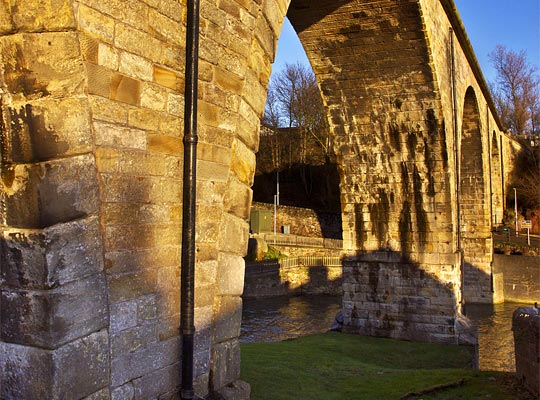
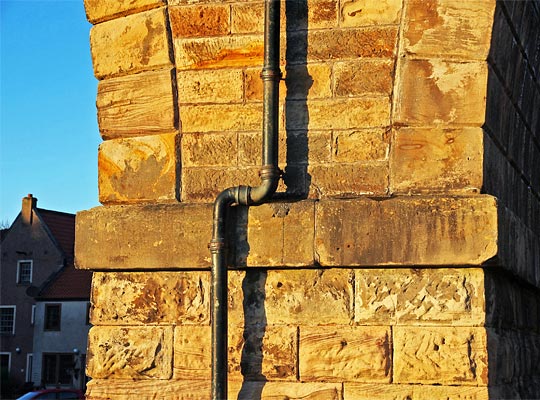
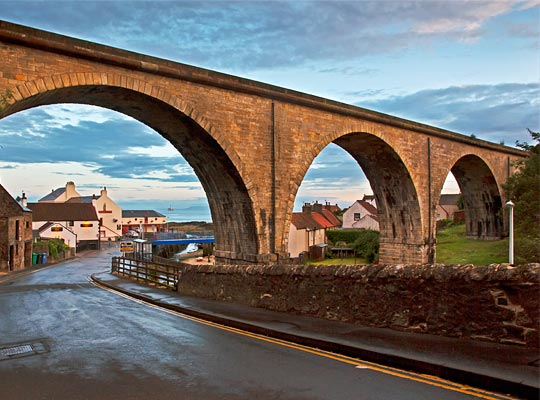
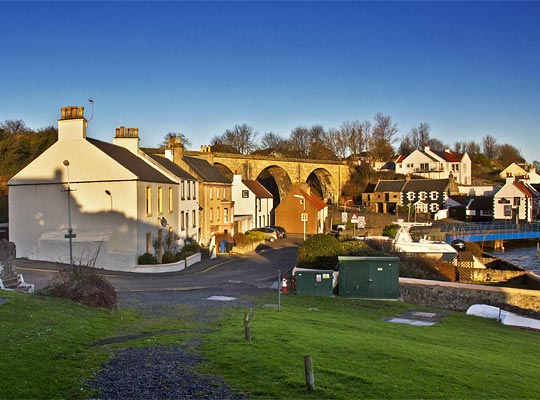
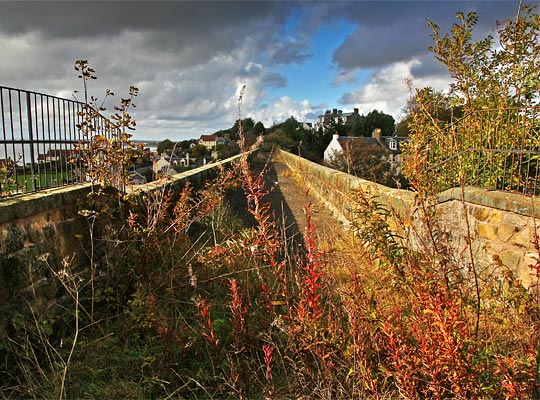
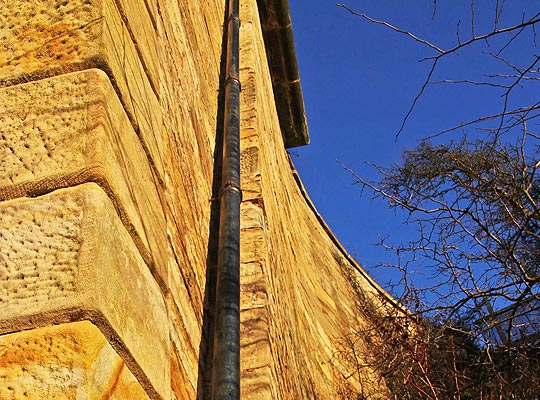









As the Leven Railway took shape, important fishing communities further along the Fife coast – beyond its planned terminus – lobbied for their own train service, keen to reap the commercial benefits one would offer. This resulted in a prospectus being issued for the East of Fife Railway in August 1854, running from Leven to Anstruther.
Thomas Bouch was engaged as engineer, with the costs estimated at £58,411. A Parliamentary Bill received Royal Assent on 23rd July 1855. However the East of Fife’s board became aware of problems in construction of the Leven line and had Bouch’s work checked by an independent engineer; this resulted in his immediate dismissal. The works were pushed forward under the superintendence of John Wood whilst Mr Grainger acted as contractor.
Goods traffic was introduced over the section to Drummochie in February 1857. Six months later, on 30th July, the line to Kilconquhar opened – marking the completion of phase one, extending for seven miles. The delay was caused by the incomplete viaduct at Lower Largo, the only structure of note along the line. Passenger trains started running on 11th August, with four services each way daily. The second phase, taking the line to Ansthruter, saw its first traffic in 1863.
The viaduct remains a striking piece of architecture, dominating the view from the harbour. Built entirely in stone, it accommodated a single track and comprises four 60-foot arches, the deck of the river span being 60 feet above water level. Squared rubble was used for most of the structure, however the imposts on top of the piers and voussoirs are ashlar. Below the parapet is a sloped/rounded oversail. Down pipes drain water from the deck, attached to the spandrels and piers on both elevations. Pilasters are provided at both ends whilst the western abutment also features curved wing walls. At the east end, the approach embankment is supported by triangular retaining walls, at right-angles to the railway.
The route between Leven and Crail was withdrawn from operational service on 18th July 1966. The viaduct was granted a Grade B listing in March 1984 but efforts to restore the structure to public use as part of a foot/cycle path have so far come to nothing.







